Comments / Questions (41)
![]() Peggy Le Terrier wrote:
Peggy Le Terrier wrote:
Je ne comprends ce que voulez dire Tricoter ensuite en point fantaisie, mais tricoter les 14-14-14-15-15-15 m côté milieu devant et les 10 m du bord de la manche au point mousse tous les rangs. Merci pour votre aide
10.12.2022 - 18:27DROPS Design answered:
Bonjour Mme Le Terrier, pour le devant droit, tricotez ainsi, vu sur l'endroit: les 14/15 premières mailles au point mousse, point fantaisie jusqu'à ce qu'il reste 10 m et terminez par 10 m point mousse; pour le devant gauche, commencez sur l'endroit par 10 m point mousse, point fantaisie jusqu'à ce qu'il reste 14-15 m et tricotez les 14-15 dernières m au point mousse. Bon tricot!
12.12.2022 - 09:18
![]() Le Terrier wrote:
Le Terrier wrote:
Bonjour Pourriez vous m'expliquer comment faire des rangs raccourcis car je suis bloqué pour faire la suite de la veste Merci
05.12.2022 - 16:12DROPS Design answered:
Bonjour Mme Le Terrier, vous trouverez comment tricoter des rangs raccourcis au point mousse: ici, pour la méthode de base, ou bien ici, pour celle avec les mailles enveloppées. Bon tricot!
06.12.2022 - 10:41
![]() Le Terrier wrote:
Le Terrier wrote:
Bonjour Je souhaiterais faire une ceinture pour ce gilet Quels conseils pourriez vous me donner pour la créer
20.11.2022 - 20:44DROPS Design answered:
Bonjour Mme Le Terrier, vous trouverez ici tous nos modèles de veste avec ceinture, vous y trouverez peut-être l'inspiration. Bon tricot!
21.11.2022 - 10:21
![]() Michaela wrote:
Michaela wrote:
Hallo, habe Probleme das Diagram zu lesen. In welche Richtung wird gestrickt? Was ist Vorderteil und was ist Rückenteil bzw. Kragen? Vielen Dank im voraus für Ihre Antwort. Michaela
07.11.2021 - 19:36DROPS Design answered:
Liebe Michaela, die Jacke wird von unten nach oben in einem Teil bis Armausschnitte gestrickt, dann wird jedes Teil (= Rückenteil und beide Vorderteile) separat gestrickt. Kragen wird am Ende von den Vorderteile mit verkürzten Reihen gestrickt. Hier lesen Sie mehr über die Maßskizze. Kann das Ihnen helfen?
08.11.2021 - 07:42
![]() Marie-Anne Cantin wrote:
Marie-Anne Cantin wrote:
Bonjour je souhaite réaliser ce modèle mais je trouve curieux qu'un modèle réalisé avec une laine à tricoter en aig4 soit fait avec des aig 7 sans mentionner de doubler le fil. sinon le tricot va être très détendu ! Fayt il doubler la laine ?
23.04.2020 - 22:56DROPS Design answered:
Bonjour Mme Cantin, ce modèle se tricote volontairement avec des aiguilles 7 mais avec 1 seul fil pour obtenir l'effet et la texture souhaitée. Les indications du modèle sont sur la base d'un échantillon de 14 m x 26 rangs = 10 x 10 cm - vous trouverez ici plus d'infos. Bon tricot!
24.04.2020 - 09:04
![]() Torhild Raddum wrote:
Torhild Raddum wrote:
Jenta er 1.70 og bruker s/m. Mens oppskrifta sier bakstykket skal felles når den er 74 cm. Jakka som vises på bildet må da være mye lenger enn det ettersom den rekker henne til knærne?
08.03.2020 - 15:17DROPS Design answered:
Hei Torhild, Det er en skisse på bunnen av oppskriften som viser all mål i de forskjellige størrelsene. God fornøyelse!
08.03.2020 - 15:35
![]() Carolina wrote:
Carolina wrote:
Ciao ,vorrei realizzare questo capo ma trasformarlo in cappotto Quanti cm.dovrei lavorare fino allo scalfo manica? Sono alta 170cm Grazie
20.09.2019 - 14:11DROPS Design answered:
Buongiorno Carolina, in questa sede non possiamo darle un aiuto così personalizzato, le consigliamo di rivolgersi al suo rivenditore DROPS di fiducia. Buon lavoro!
20.09.2019 - 15:09
![]() Anne-Lise Lauvstad wrote:
Anne-Lise Lauvstad wrote:
Jeg har bestilt garn til en annen jakke, dvs Lima+Kids silk. Ønsker imidlertid å bruke denne oppskriften heller. Hvis jeg bruker begge trådene,tenkte jeg å bruke pinne 6,5. Må jeg da gå ned på str. Jeg er en M
16.08.2019 - 12:36DROPS Design answered:
Hei Anne-Lise. Et plagg i Lima (garngruppe B) og Kid-Silk (garngruppe A), vil ikke få den sammen tykkelsen som det er oppgitt i denne oppskriften (Lime= garngruppe B). En strikkefasthet kan være veldig personlig, avhengig av om man strikker løst eller stramt. Anbefaler deg å strikke noen prøvelapper med ulike pinnestørrelser, slik at du får den strikkefastheten som er oppgitt i oppskriften. God Fornøyelse!
23.09.2019 - 10:10
![]() Claire wrote:
Claire wrote:
Bonjour! je voudrais tricoter ce modèle pour ma fille qui est végane, donc je dois trouver une "laine" synthétique. La Lima, selon l'étiquette, se tricote en aiguilles 4 normalement. Ici le modèle se tricote en no 7, pourquoi ? Quelle grosseur de laine synthétique dois-je prendre pour faire ce modèle, plutôt une laine qui se tricote normalement en 4-5 ou une laine plus épaisse ? Merci de vos conseils.
26.02.2018 - 10:45DROPS Design answered:
Bonjour Claire, nous sommes en mesure de pouvoir proposer des modèles gratuits grâce à nos fils à tricoter que nous vendons dans le monde entier. Nous vous remercions de bien vouloir contacter votre magasin DROPS pour toute assistance complémentaire. Merci pour votre compréhension.
26.02.2018 - 12:26
![]() Zoe Davison wrote:
Zoe Davison wrote:
I'm trying to interpret the instructions for the right side row does "Work band and pattern as before and at the end of next row from RS, cast on 34-34-34-32-28-26 new sts = 74-76-78-80-80-82 sts. " this mean that at the end of the next right side row you need to cast on "34" stitches?
18.09.2017 - 15:26DROPS Design answered:
Dear Mrs Davison, that's correct. Happy knitting!
18.09.2017 - 16:46
Long Nights#longnightsjacket |
|
 |
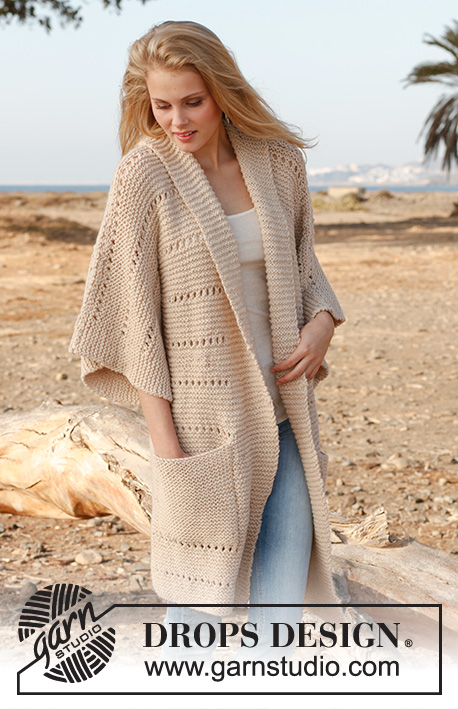 |
Knitted DROPS jacket in garter st with shawl collar in ”Lima”. Size: S - XXXL.
DROPS 146-21 |
|
|
GARTER ST (back and forth on needle): K all rows. 1 ridge = 2 rows K. MEASURING TIP: Measure when piece is flat, it is important not to stretch the piece when measuring. PATTERN: Row 1-16: K from RS, K from WS. Row 17: K from RS. Row 18 (from WS): * K 2 tog, 1 YO *, repeat from *-*. Repeat these 18 rows upwards. ---------------------------------------------------------- BODY: Worked back and forth on circular needle. Cast on 148-156-164-180-196-212 sts on circular needle size 7 mm / US 10.75 with Lima. Work PATTERN but work the 14-14-14-15-15-15 sts in each side in garter st on all rows (= front bands). Continue this pattern until piece measures 43-44-45-46-47-48 cm / 17"-17¼"-17¾"-18"-18½"-19" - read MEASURING TIP above. Slip the first 40-42-44-48-52-56 sts and the last 40-42-44-48-52-56 sts on stitch holders for front piece = 68-72-76-84-92-100 sts remain on needle for back piece. BACK PIECE: = 68-72-76-84-92-100 sts. Continue with PATTERN, AT THE SAME TIME cast on 34-34-34-32-28-26 sts for sleeves (shorter measurements in the larger sizes because of wider shoulders) at the end of the next two rows = 136-140-144-148-148-152 sts. Continue with PATTERN but work the outermost 10 sts in each side in garter st on all rows. When piece measures 70-72-74-76-78-80 cm / 27½"-28⅜"-29⅛"-30"-30¾"-31½, bind off the middle 16-16-16-18-18-18 sts for neck = 60-62-64-65-65-67 sts remain on each shoulder/sleeve. Bind off when piece measures 72-74-76-78-80-82 cm / 28⅜"-29⅛"-30"-30¾"-31½"-32¼". RIGHT FRONT PIECE: = 40-42-44-48-52-56 sts. Work band and pattern as before and at the end of next row from RS, cast on 34-34-34-32-28-26 new sts = 74-76-78-80-80-82 sts. Then work pattern but work the 14-14-14-15-15-15 sts towards mid front and the outermost 10 sts on sleeve in garter st on all rows. When piece measures 72-74-76-78-80-82 cm / 28⅜"-29⅛"-30"-30¾"-31½"-32¼", bind off the outermost 60-62-64-65-65-67 sts from WS = 14-14-14-15-15-15 sts remain on needle for collar. Work in garter st over these sts with short rows, beg from RS: * 2 rows back and forth over the first 7 sts, 2 rows over all sts *, repeat from *-* until piece measures 8-8-8-9-9-9 cm / 3"-3"-3"-3½"-3½"-3½" at the shortest. Bind off. LEFT FRONT PIECE: Work as right front piece but reversed. POCKETS: Cast on 25-25-25-28-28-28 sts on needle size 7 mm / US 10.75 with Lima. Work in garter st until piece measures 18-18-18-20-20-20 cm / 7"-7"-7"-8"-8"-8", bind off. Make one more. ASSEMBLY: Sew shoulder/overarm seams and underarm seams. Sew the collar tog mid back and sew it to the neckline at the back. Place the pockets on front piece approx. 11-13-15-17-19-21 cm / 4½"-5"-6"-6¾"-7½"-8¼" from bottom edge and edge to edge with the band (try the jacket on for desired placement). |
|
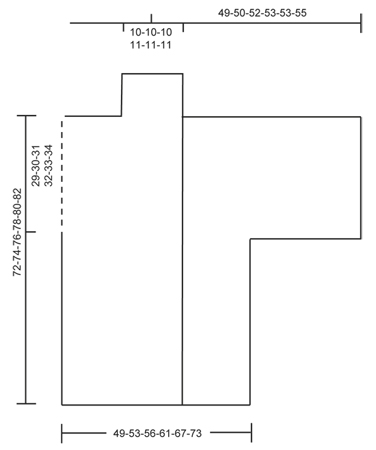 |
|
Have you finished this pattern?Tag your pictures with #dropspattern #longnightsjacket or submit them to the #dropsfan gallery. Do you need help with this pattern?You'll find 14 tutorial videos, a Comments/Questions area and more by visiting the pattern on garnstudio.com. © 1982-2025 DROPS Design A/S. We reserve all rights. This document, including all its sub-sections, has copyrights. Read more about what you can do with our patterns at the bottom of each pattern on our site. |
|









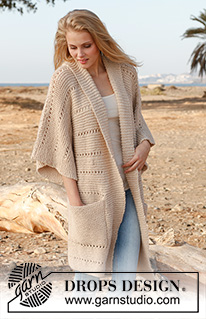
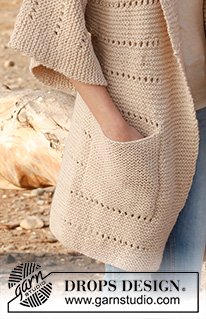





































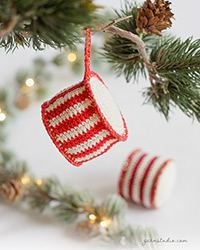
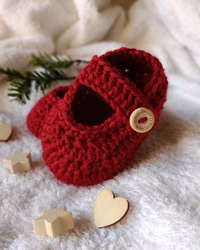
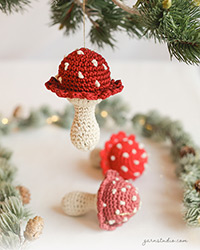
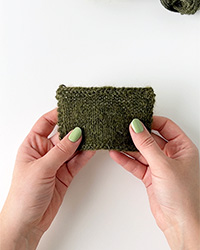

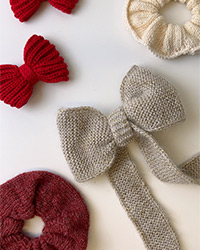
Post a comment to pattern DROPS 146-21
We would love to hear what you have to say about this pattern!
If you want to leave a question, please make sure you select the correct category in the form below, to speed up the answering process. Required fields are marked *.